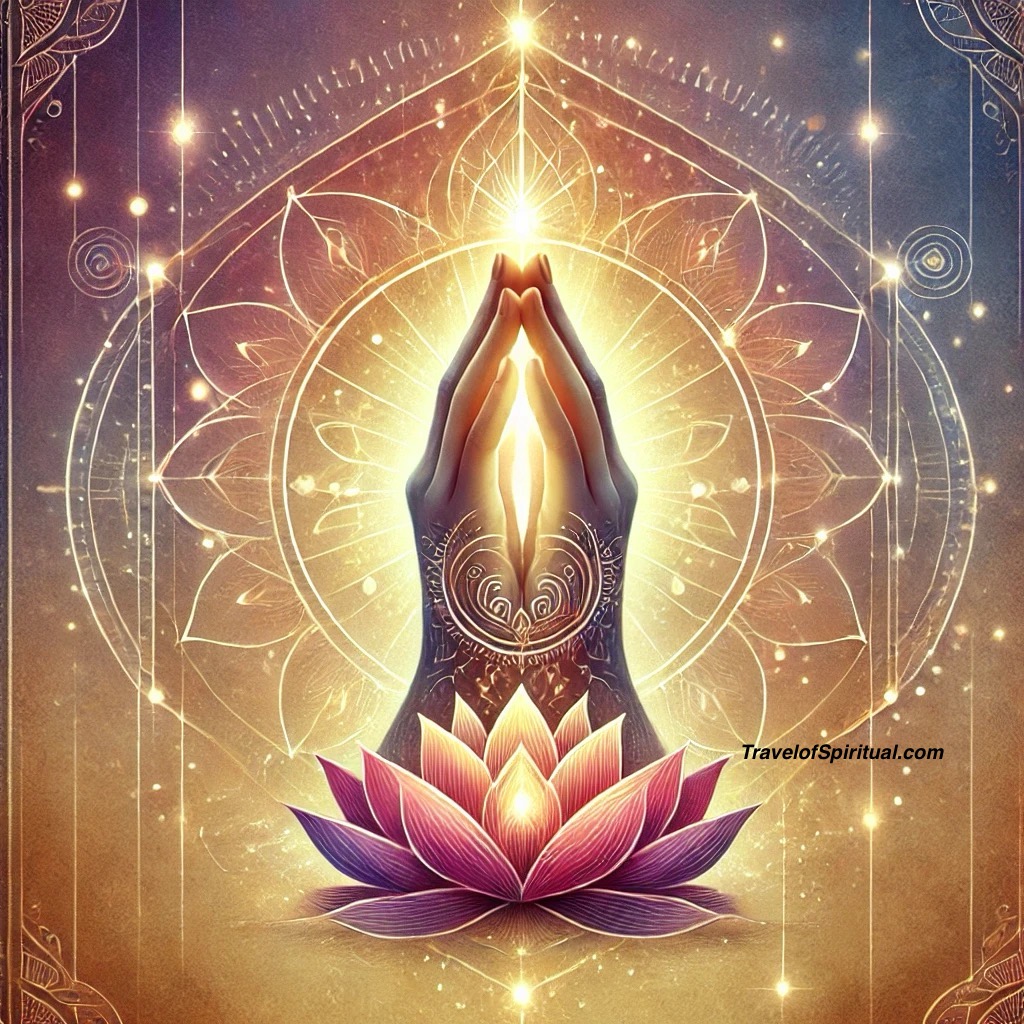Namaste is a traditional greeting or gesture originating from ancient Indian culture, widely used in yoga, spirituality, and everyday interactions in South Asia. The term carries profound spiritual meaning and is a way of showing respect, gratitude, and recognition of the divine within others.
Meaning of Namaste
• The word Namaste comes from the Sanskrit language:
• Nama = Bow
• As = I
• Te = You
Together, it translates to “I bow to you.”
In a deeper sense, Namaste signifies:
• “The divine in me honors the divine in you.”
• “I recognize and respect the light, soul, or spirit within you.”
This acknowledgment fosters a sense of oneness, equality, and interconnectedness, aligning with spiritual principles of unity and respect.
How Namaste is Performed
• The gesture involves bringing both palms together in front of the chest, with fingers pointing upward (a gesture called Anjali Mudra).
• The hands are usually held close to the heart, and the person may bow slightly.
• In formal or spiritual contexts, the hands may also be raised to the forehead or above the head as a sign of deep reverence.
Cultural and Spiritual Significance
1. In Hinduism:
Namaste is often used in prayers, rituals, and greetings, acknowledging the divine presence in others. It reflects the belief in the universal presence of divinity (Brahman) within all beings.
2. In Buddhism:
Namaste is seen as a gesture of humility, respect, and reverence, often used in monasteries and meditation practices.
3. In Yoga and Spirituality:
Namaste is used at the beginning or end of yoga sessions to create a sacred connection between the teacher and students. It’s a way to cultivate mindfulness and gratitude.
4. In Daily Life:
In India, Nepal, and other parts of South Asia, Namaste is used as a respectful greeting or farewell in everyday conversations, emphasizing humility and politeness.
Global Popularity
• Namaste has gained worldwide recognition through yoga, meditation, and mindfulness practices. It is seen as a way to promote peace, respect, and unity across cultures.
• It has become a symbol of spiritual harmony and the practice of seeing the good in others.
Modern Interpretations
While traditionally associated with spiritual and cultural practices, Namaste has evolved as a universal symbol of respect. It bridges differences, promoting mutual understanding, and reminds people of their shared humanity.

